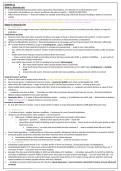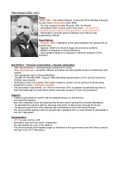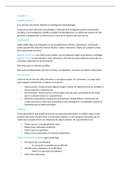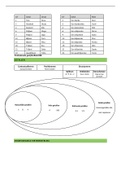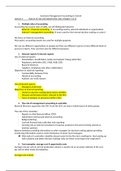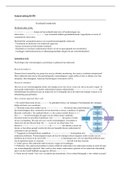Zusammenfassung
Summary Economics 244 summaries
- Kurs
- Hochschule
Included in this document is the whole of the Econ 244 syllabus necessary to study for the A2. fully summarised notes from international trade and international finance.
[ Mehr anzeigen ]
